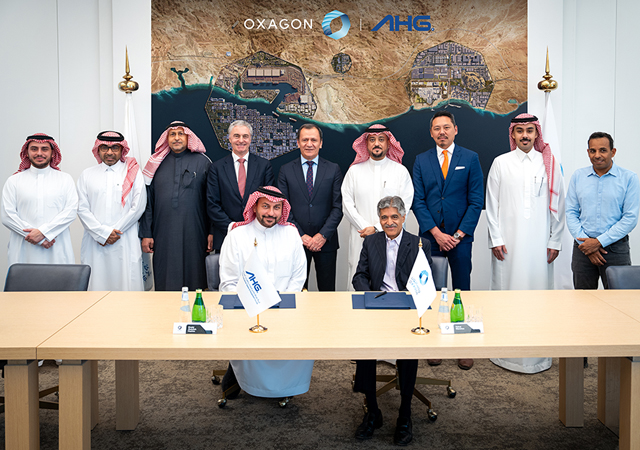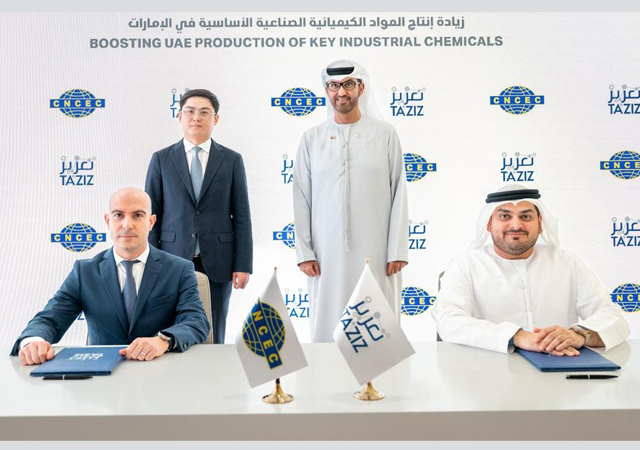

Engineering, procurement and construction (EPC) contracts are a very common form of agreement in the delivery of large-scale infrastructure projects in the Middle East.
The basic features common to all EPC contracts include providing a single point of responsibility for the engineering design, procurement and construction of the project on a ‘turnkey’ basis. They will usually incorporate a fixed programme with a set contractual date for completion, a fixed price on a lump-sum basis and a guarantee based on set levels of performance.
However, the incorporation of broad delivery and procurement obligations under a single contract has its disadvantages. All the contractor’s activities, including design and equipment supply as well as construction, will be subject to a single governing law, taxation regime (including, potentially, liability for indirect and corporate taxes, withholding taxes and customs duties) and regulatory environment (including government permits and other consents and local establishment and registration requirements).
One method sometimes adopted to address these issues on projects that involve both onshore and offshore elements and which involve (or are likely to attract) international contractors is to ‘split’ the EPC contract into its relevant ‘onshore’ and ‘offshore’ elements. This type of structuring technique has been historically and extensively used in the Asian markets and, more recently, in some jurisdictions in the Middle East, including Saudi Arabia.
By performing much of the project offshore, considerable savings can be achieved for the employer as a result of the contractor’s reduced liability for onshore taxes. The cost of the project is further reduced when the reduced regulatory burden (and associated manpower and management costs) is also taken into account. Where there are restrictions on movements of capital from the host country, a further reason for employing the split EPC structure is that it may make the repatriation of profits simpler than under a traditional EPC structure.
There are, however, numerous disadvantages which should be taken into account when considering whether to adopt a split EPC structure. As complex tax issues are generally involved, these types of split structures are typically only adopted following receipt of advice from experienced financial advisers that such a split structure achieves the desired tax and regulatory benefits and that such benefits outweigh the disadvantages referred to below.
The principal disadvantage of a split EPC structure is that it undermines one of the fundamental benefits of the traditional EPC structure, namely the single point of responsibility for the delivery of the ‘turnkey’ project. Under a split EPC structure, there are typically two contractors for carrying out the EPC obligations. As a result, the scope of works will be split between the contractors, and there is, therefore, a risk of ‘gaps’ between the scopes set out in the separate contracts and the overall scope of the project.
Splitting the contracts may also cause difficulty in setting an appropriate level of delay and performance liquidated damages. Where only one contractor is liable for delay, it may be difficult to establish that the level of liquidated damages representing the level of actual loss suffered as a result of the breach by that contractor (particularly as the level of liquidated damages is likely to be disproportionate to the relevant contract price).
The key risks referred to above are typically resolved by requiring each of the contractors to enter into a wrap-around/co-ordination guarantee or agreement (or umbrella agreement), the main purpose of which is to re-establish a single point of responsibility for delivery of the project, despite there being more than one contractor involved.
Most importantly, however, this agreement seeks to impose on the offshore contractor (typically an affiliate of the onshore contractor) overall responsibility and liability for the delivery of the project. The wrap-around agreement also seeks to impose a positive, direct obligation on both contractors to co-ordinate the execution of the works and prevents the onshore and offshore contractors from relying on each other’s defaults in order to obtain relief (for example, from termination or liquidated damages) under the EPC contract. The offshore contractor usually also provides a warranty and representation that the separate scopes of work in the split contracts when added together constitute the totality of the scope of the project. Under a wrap-around agreement, liquidated damages are payable no matter which contractor has defaulted, and any caps in liability in the split contracts are made subject to the overall cap in the wrap-around agreement.
It is important to ensure that the wrap-around agreement is in full force and effect until, at least, the expiry of the defects liability period and, if possible, until any outstanding dispute arising from construction is resolved. Termination of any of the split contracts would usually automatically trigger termination of the other contracts and the wrap-around agreement.
Given the number of additional project agreements which are required to be prepared and negotiated in a split EPC structure, each of which require the incorporation of specific drafting to address the special issues that the split structure creates, preparation and negotiation of the relevant agreements can take longer (and be more expensive) than the traditional EPC structure.
While a split EPC structure has a number of advantages, employers should always obtain clear and unambiguous tax advice, which states that the structure to be employed delivers the necessary tax efficiencies to enable it to benefit from such advantages. Employers should also ensure that this advice confirms that they will not, by adopting a split EPC structure, be in violation of any tax avoidance legislation or regulations in the relevant jurisdiction. In addition, the project agreements underpinning this structure need to be drafted with extreme care to ensure there are no ‘gaps’ in the obligations of the parties or in the scope of works. Therefore, the legal advice provided to the employer will be of prime importance. However, provided that appropriate tax and legal advice is sought, and provided that the structure is appropriate for the nature of the project, employing such a structure can provide significant advantages.
* Joanne Emerson Taqi is a partner, David Johnston an associate and James Kay a trainee at Norton Rose Fulbright (Middle East) LLP Bahrain office.
Norton Rose Fulbright has had a presence in the Middle East for more than 30 years, providing advice on legal aspects of a wide variety of construction and infrastructure projects in the region.
Legal queries can be addressed to Norton Rose Fulbright (Middle East) LLP through Gulf Construction magazine at editor@gulfconstructionworldwide.com.

















.jpg)













 (1).jpg)













































